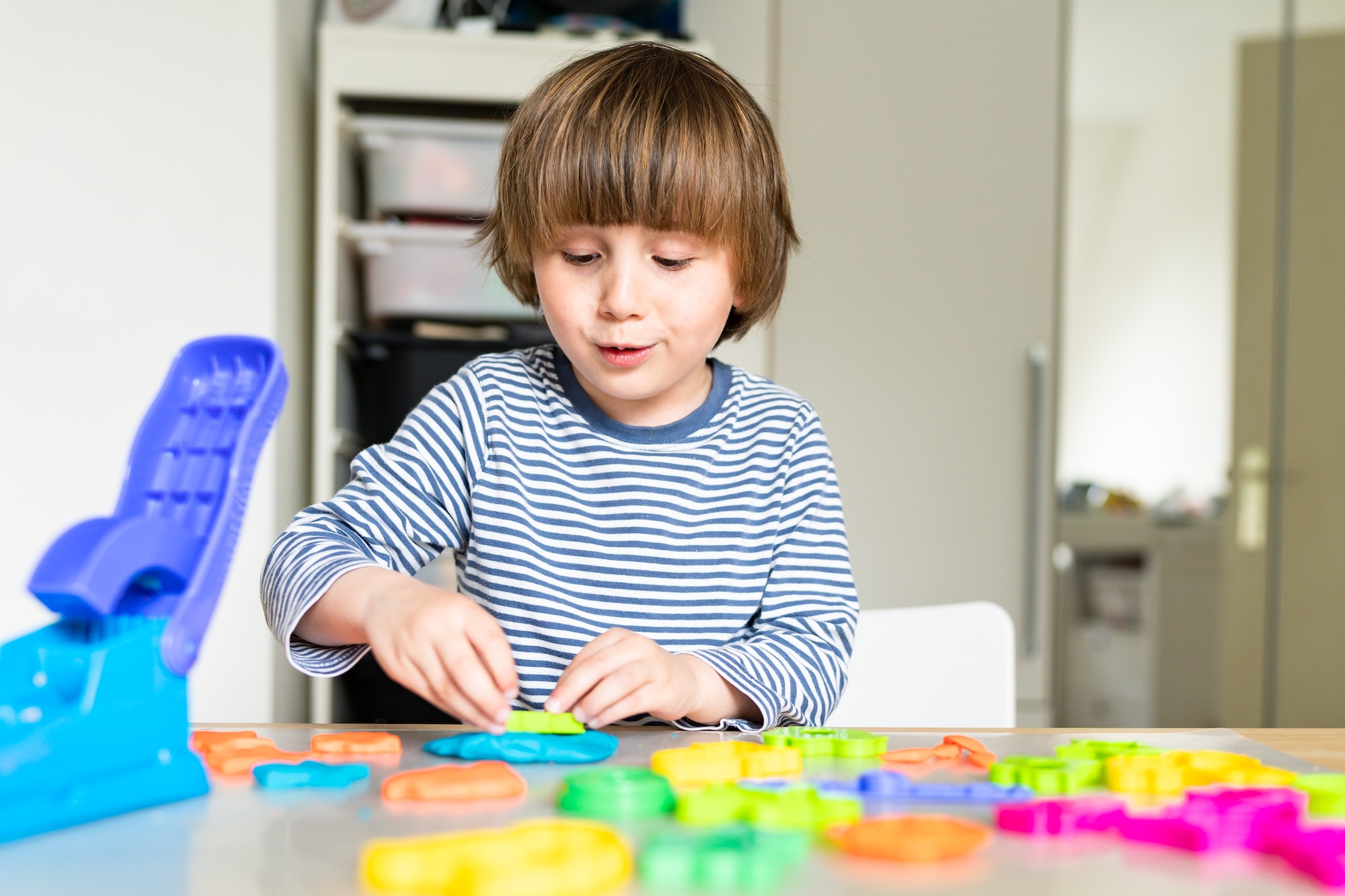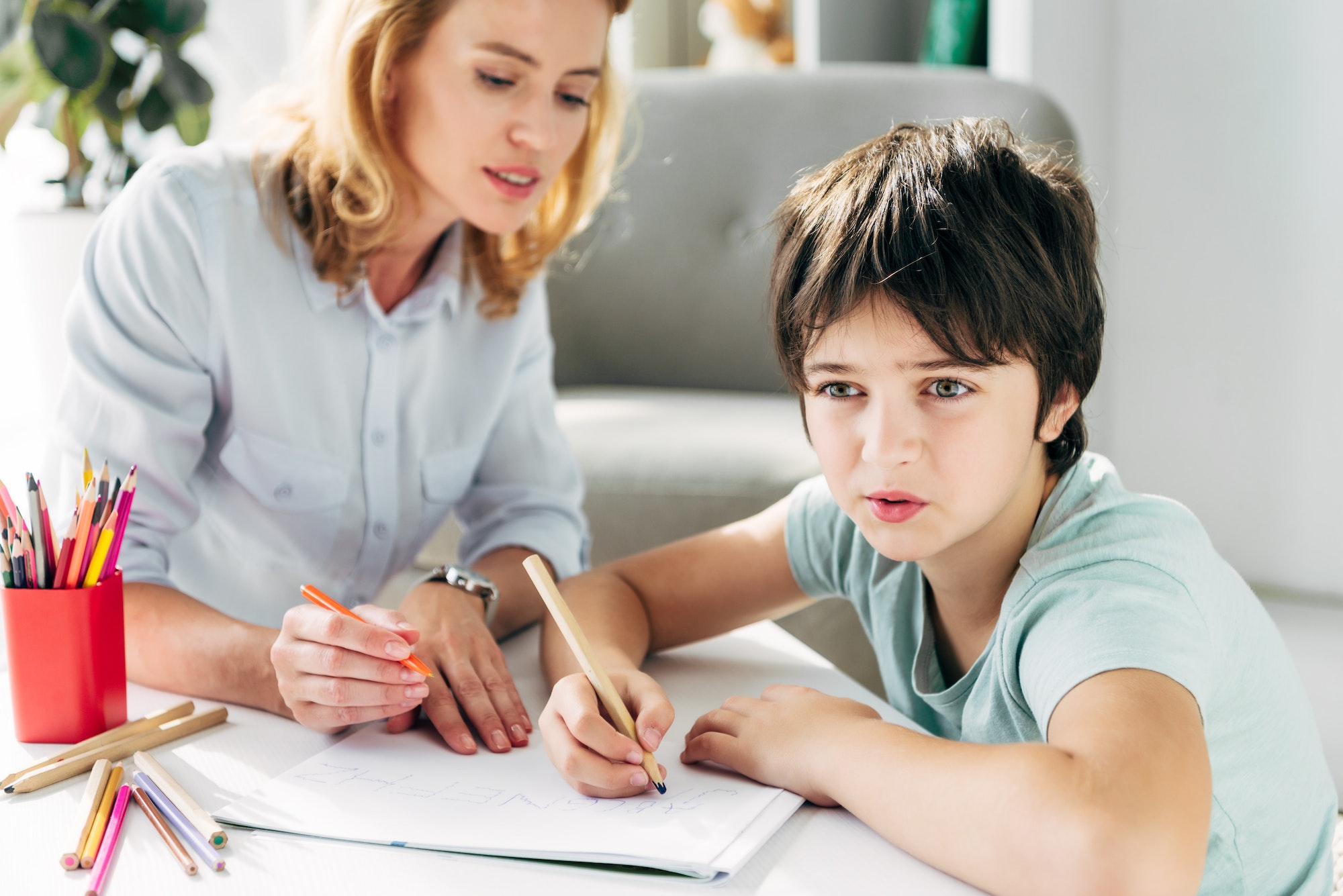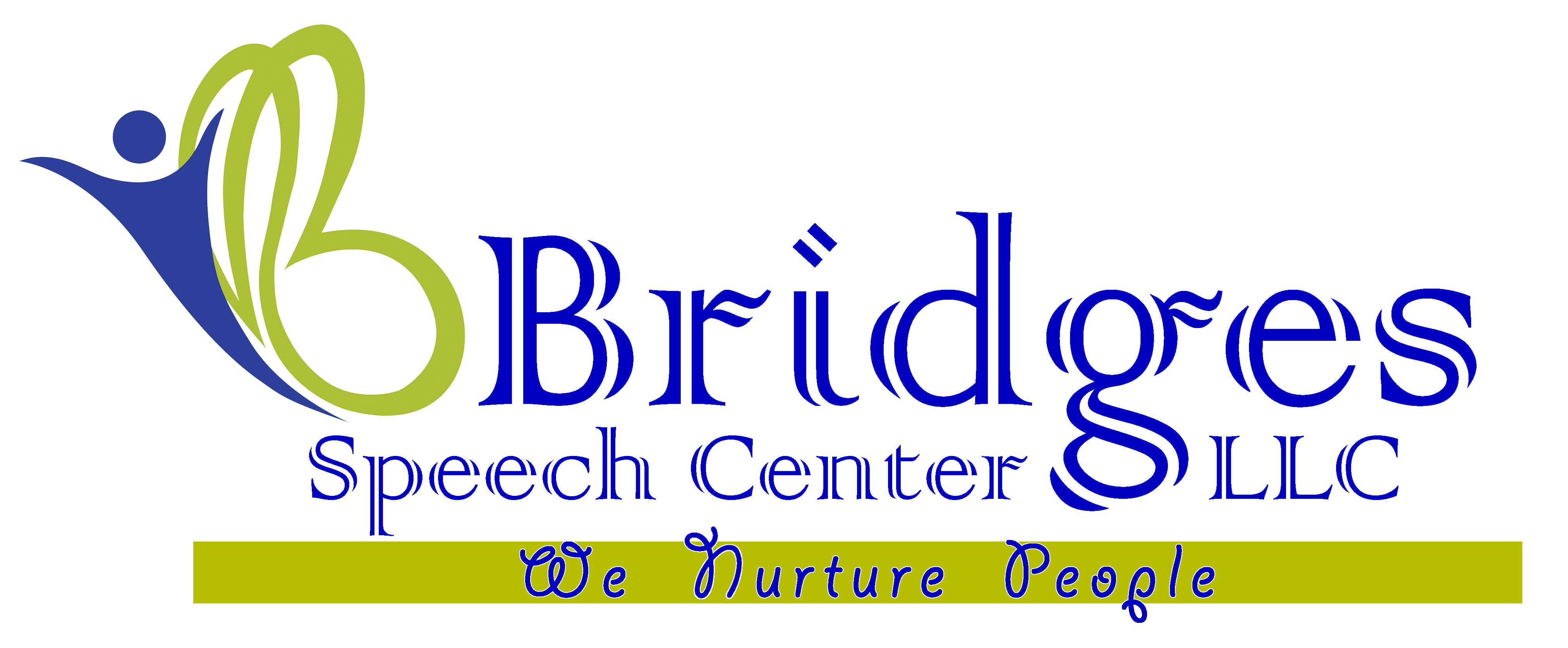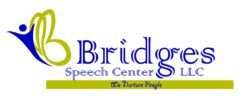- About Us
- Our Services
- Speech Therapy
- Speech and Language Therapies for Adults in Dubai
- Speech and Language Therapies for Children in Dubai
- Accent therapy
- Augmentative Alternative Communication (AAC) Therapy
- Articulation Speech Therapy
- Auditory Processing therapy/ Auditory verbal therapy
- Language Intervention: Speech Delay therapy
- Oral Motor Therapy
- Play Based therapy
- PROMPT/DTTC/RePT for Childhood Apraxia of Speech
- Social communication/Pragmatic language therapy
- Stuttering / Stammering therapy Program
- Spellography Program for Dyslexia
- Voice Therapy
- Home Care Services
- Feeding Therapy
- Physiotherapy
- Pediatric and Geriatric Physiotherapy
- Fall Prevention Programs for the Elderly
- Developmental Delay Treatment for Children
- Cerebral Palsy Management for Children
- Pediatric Orthopedic Conditions
- Osteoporosis Management for the Elderly
- Sports Injuries in Children
- Mobility and Balance Training for Elderly
- Joint Pain Treatment (Knee, Shoulder, Hip)
- Age-Specific Exercise Programs
- Coordination and Balance Exercises
- Orthopedic Physiotherapy
- Neurological Physiotherapy
- Sports Physiotherapy
- Cardiopulmonary Physiotherapy
- Women’s Health Physiotherapy
- Manual Therapy
- Therapeutic Exercise
- Pain Management
- Electrotherapy
- Hydrotherapy
- Ergonomic Consultation
- Tele-Physiotherapy Services
- Pediatric and Geriatric Physiotherapy
- Occupational Therapy
- Sensory Integration
- Clinical Psychology & Psychotherapy
- Cognitive Behavioral Therapy(CBT)
- ABA /Behavior Therapy
- Bridge Learning Program
- Group therapy
- Summer/Winter Program
- Telehealth Services
- Training Program/CEU
- Internship/ Observership
- Dynamic Movement Intervention (DMI)
- Speech Therapy
- Super Team
- Collaboration
- Training Course
- News/Blogs
- About Us
- Our Services
- Speech Therapy
- Speech and Language Therapies for Adults in Dubai
- Speech and Language Therapies for Children in Dubai
- Accent therapy
- Augmentative Alternative Communication (AAC) Therapy
- Articulation Speech Therapy
- Auditory Processing therapy/ Auditory verbal therapy
- Language Intervention: Speech Delay therapy
- Oral Motor Therapy
- Play Based therapy
- PROMPT/DTTC/RePT for Childhood Apraxia of Speech
- Social communication/Pragmatic language therapy
- Stuttering / Stammering therapy Program
- Spellography Program for Dyslexia
- Voice Therapy
- Home Care Services
- Feeding Therapy
- Physiotherapy
- Pediatric and Geriatric Physiotherapy
- Fall Prevention Programs for the Elderly
- Developmental Delay Treatment for Children
- Cerebral Palsy Management for Children
- Pediatric Orthopedic Conditions
- Osteoporosis Management for the Elderly
- Sports Injuries in Children
- Mobility and Balance Training for Elderly
- Joint Pain Treatment (Knee, Shoulder, Hip)
- Age-Specific Exercise Programs
- Coordination and Balance Exercises
- Orthopedic Physiotherapy
- Neurological Physiotherapy
- Sports Physiotherapy
- Cardiopulmonary Physiotherapy
- Women’s Health Physiotherapy
- Manual Therapy
- Therapeutic Exercise
- Pain Management
- Electrotherapy
- Hydrotherapy
- Ergonomic Consultation
- Tele-Physiotherapy Services
- Pediatric and Geriatric Physiotherapy
- Occupational Therapy
- Sensory Integration
- Clinical Psychology & Psychotherapy
- Cognitive Behavioral Therapy(CBT)
- ABA /Behavior Therapy
- Bridge Learning Program
- Group therapy
- Summer/Winter Program
- Telehealth Services
- Training Program/CEU
- Internship/ Observership
- Dynamic Movement Intervention (DMI)
- Speech Therapy
- Super Team
- Collaboration
- Training Course
- News/Blogs
Table of Contents
ToggleLanguage Intervention for Children
Bridges Speech Center
August 9, 2023
Language Intervention for Children
Language therapy for children, also known as language intervention or language-based intervention, is a specialized form of speech therapy designed to address a wide range of language development challenges in young individuals. Language therapy focuses on improving a child’s ability to understand and use spoken or written language effectively, enhancing their communication skills and overall academic success. Here’s a more detailed look at language therapy for children:
- Assessment: The process begins with a comprehensive assessment conducted by a speech-language pathologist (SLP). The SLP evaluates the child’s language skills, including vocabulary, grammar, sentence structure, comprehension, expressive language, and social communication abilities.
- Individualized Goals: Based on the assessment, the SLP develops individualized therapy goals that target the specific language challenges the child is facing. These goals may vary depending on the child’s age, developmental stage, and language difficulties.
- Expressive Language Skills: Therapy addresses expressive language skills, helping children learn how to use words, phrases, and sentences to convey their thoughts, feelings, and ideas effectively.
- Receptive Language Skills: Children improve their understanding of language skills, which involve understanding and processing spoken or written language. This includes following directions, answering questions, and comprehending stories or instructions.
- Vocabulary Development: Children expand their vocabulary by learning new words, their meanings, and how to use them in context. This enhances their ability to express themselves clearly and understand others.
- Grammar and Sentence Structure: Therapy may focus on improving grammatical skills, including sentence structure, verb tenses, pronouns, and other aspects of language mechanics.
- Narrative Skills: Children learn to tell stories, recount events, and organize their thoughts coherently, which supports their ability to communicate effectively in conversations and writing.
- Pragmatic Skills: Pragmatic language skills involve social communication, such as understanding social cues, taking turns in conversations, and using appropriate nonverbal behaviors. Therapy may include role-playing and practicing social interactions.
- Reading and Writing Support: For older children, language therapy may involve strategies to enhance reading comprehension, writing skills, and literacy development.
- Play-Based Activities: Younger children often engage in play-based activities incorporating language development. Play activities stimulate language use naturally and engagingly.
- Visual Aids and Technology: Visual aids, pictures, and technology may be used to support language comprehension and expression.
- Home Practice: Consistent practice between therapy sessions is crucial for reinforcing skills. The SLP typically provides parents or caregivers with strategies and activities to work on at home.
- Progress Monitoring: The child’s progress is regularly monitored, and therapy approaches are adjusted based on their development.
Language therapy for children is highly tailored to the individual child’s needs, developmental stage, and goals. It aims to foster effective communication skills that not only facilitate interaction but also support academic achievement and overall social and emotional growth. With the guidance of a skilled SLP and active involvement from parents and caregivers, children can make significant strides in their language development and communication abilities.



Recent Posts
Have Any Question?
If you would like to register for any of our services or upcoming training programs, contact us…


